
SIGN UP TO RECEIVE
15% OFF
IN YOUR NEXT TOUR
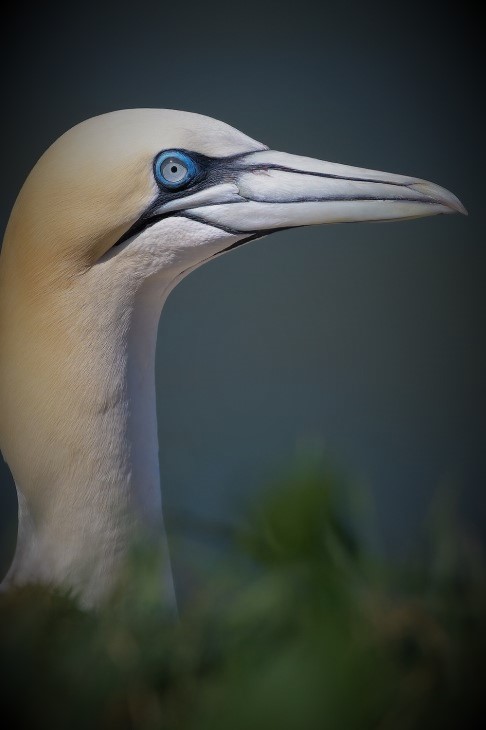
Boobies vs. Gannets: How to Identify These Fascinating Seabirds
SCROLL DOWN TO READ
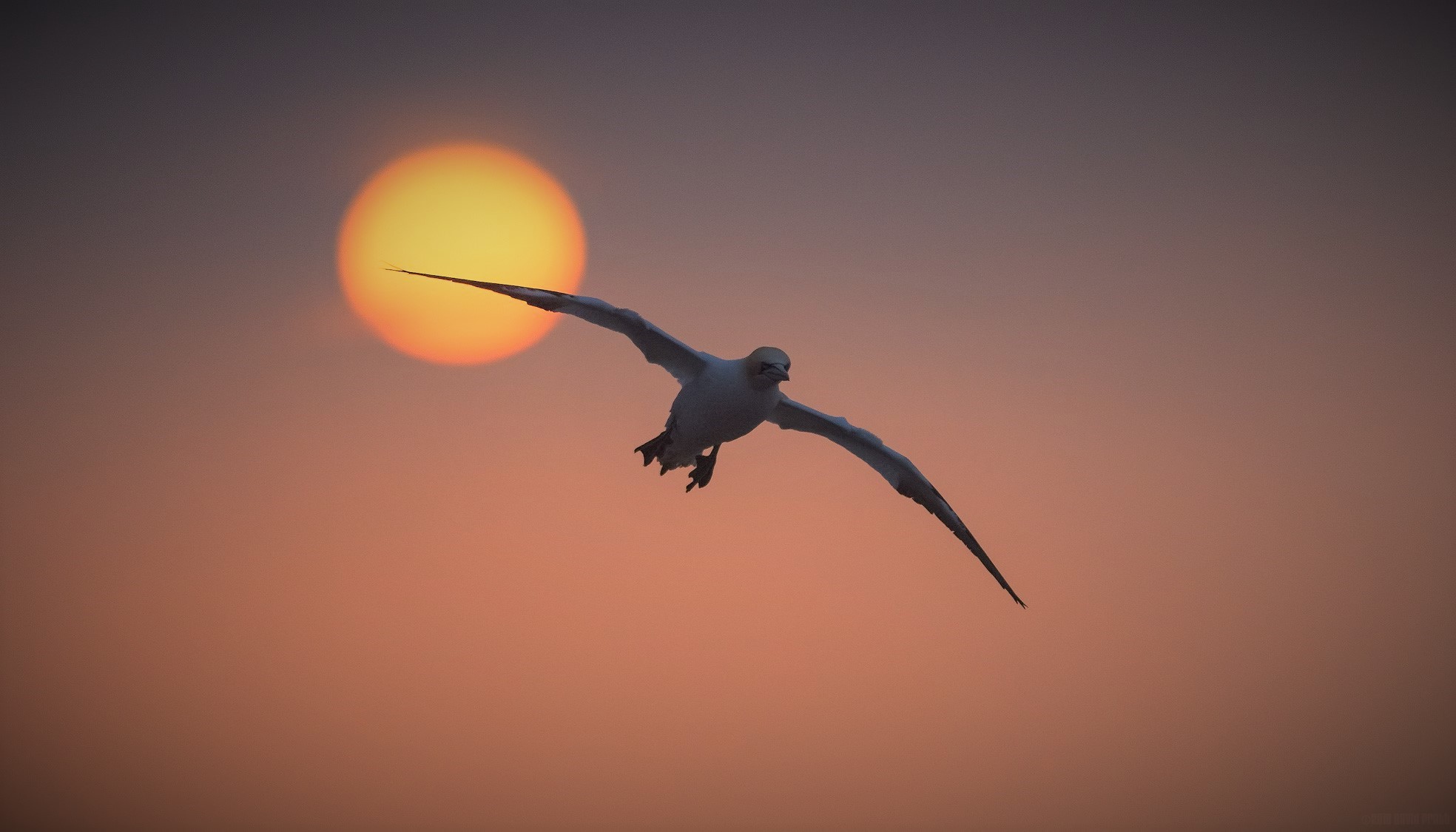
Boobies vs. Gannets: How to Identify These Fascinating Seabirds
SCROLL DOWN TO READ
Boobies vs. Gannets: How to Identify These Fascinating Seabirds
Boobies and gannets are fascinating members of the family Sulidae and the order Suliformes, comprising ten species of large tropical seabirds. Ranging from 60 to 85 cm (24 to 33 inches) in length, they boast impressive wingspans of about 140 to 175 cm (4.59 to 5.74 feet). These seabirds can be found in all oceanic regions except for Antarctica, with gannets thriving in tropical and subtropical waters, while boobies prefer temperate environments. Below is a breakdown of the various species of boobies and gannets along with their geographical distributions:

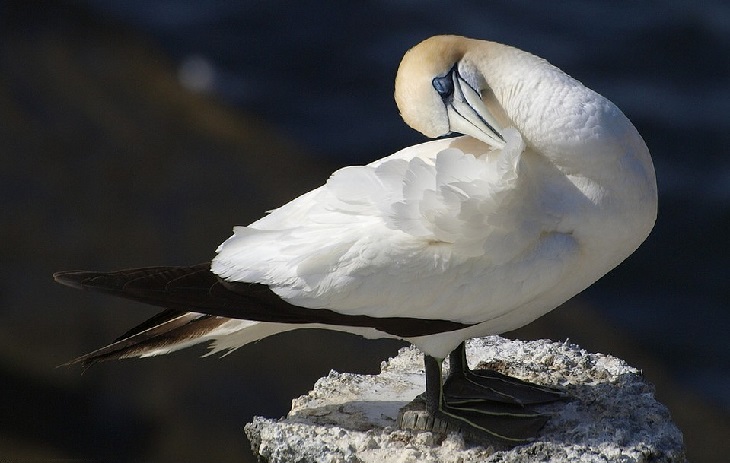
While some sulids are pelagic, others prefer inshore marine environments. Breeding sites typically include offshore islands and continental coastlines. The eggs of these birds are incubated for 42 to 55 days, and the chicks are altricial, remaining in the nest for about 14 to 22 weeks. Post-fledging care can last from five to nine months, with adult plumage and sexual maturity occurring between two to six years. Their flight feathers are molted almost continuously, and these seabirds can live for 10 to 20 years or more.
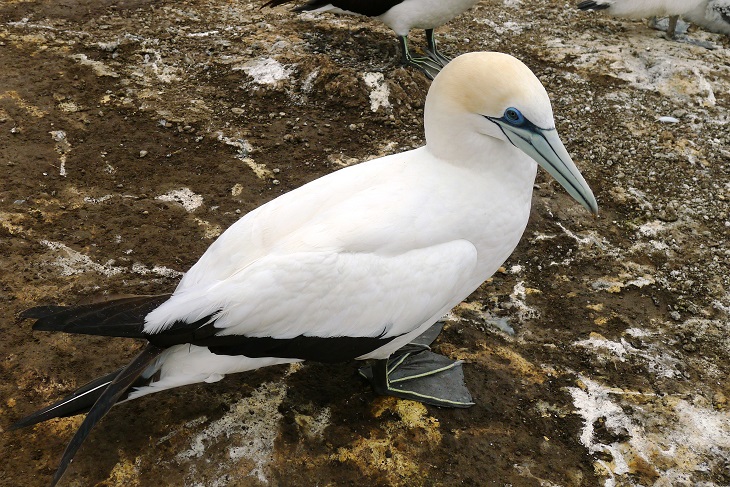
With the exception of the red-footed booby, boobies exhibit sexual size dimorphism, meaning females are larger and heavier than males. In contrast, gannets appear monomorphic in size. Most species have a white ventral plumage, complemented by brown or black on their primaries, dorsal feathers, or heads. Juveniles are generally darker than adults. Their wings are long and set far back on their bodies, while their stout, conical bills often have serrated edges in certain species.
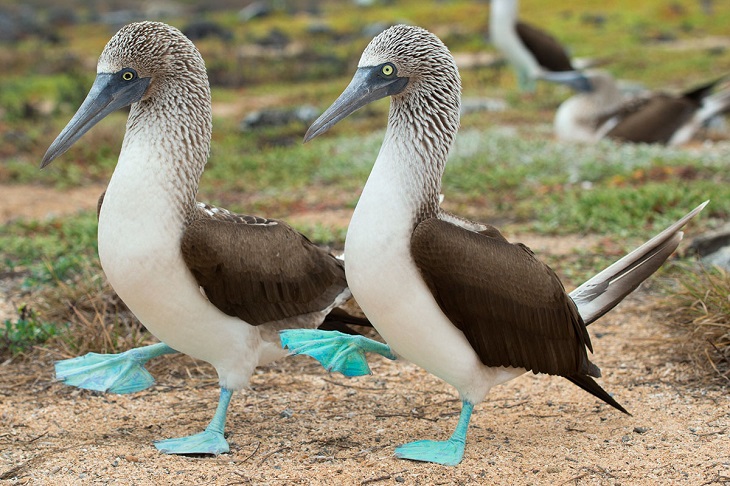
Both gannets and boobies possess nostrils that are not externally visible, featuring nasal grooves along their bills. Adults have bare facial and gular skin, which can be black, red, or blue, along with colorful feet. Their eyes, located beside the bill, provide binocular vision, with irises often pale in color. Notably, sulids lack brood patches. Their legs are short and positioned far back on their bodies, and their feet are totipalmate (webbed between all four toes), with the middle toenail being pectinate.
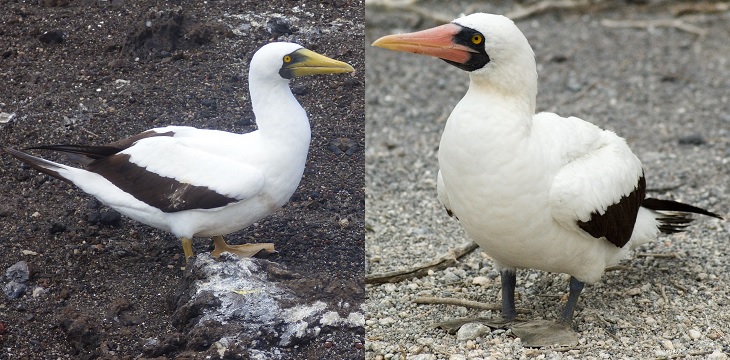
Gannets inhabit the colder waters of the northern Atlantic and temperate regions around Africa, Australia, and New Zealand. Adult gannets are predominantly white, with distinctive black-tipped wing feathers. Their large, yellowish or buff-colored heads are marked with black around the eyes. They have tapered beaks and pointed tails, making them adept hunters. Gannets dive into the sea with half-closed wings to catch fish and squid.
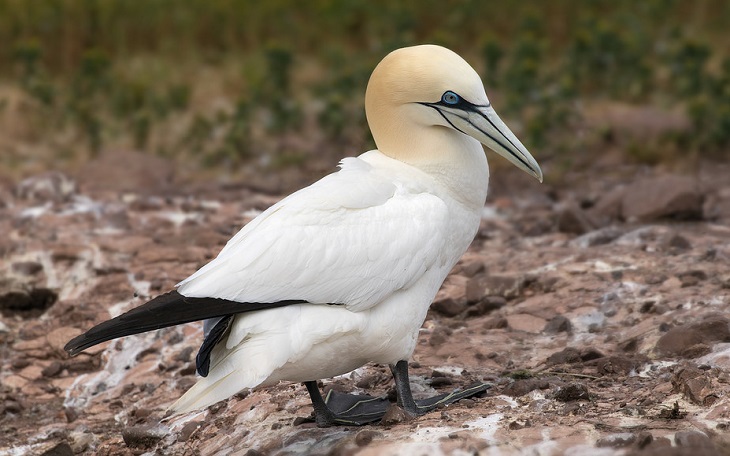
On land, gannets waddle, but they are expert fliers, skillfully alternating rapid wing beats with gliding. They spend most of their lives over the water and nest in dense colonies on cliffs. A female gannet broods a single bluish, chalky egg for six to seven weeks in a nest made of seaweed or mud. The young are fed through regurgitation and reach maturity in their third or fourth year.
Boobies also nest in colonies but possess a highly developed sense of territory. Their courtship rituals include elaborate displays, where the male performs a dance, raising his feet alternately several times. This is followed by a behavior known as sky-pointing: the birds extend their wings horizontally towards the tail and raise their heads, while males emit long, continuous whistles and females honk repeatedly.
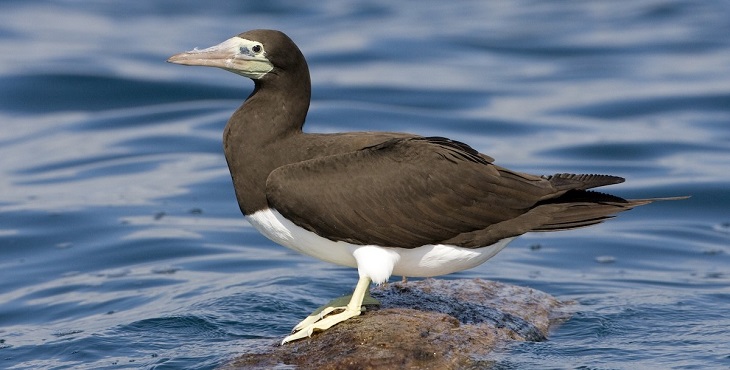
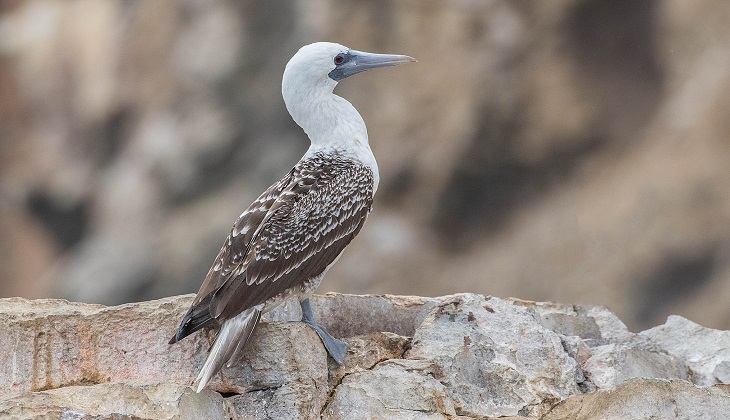
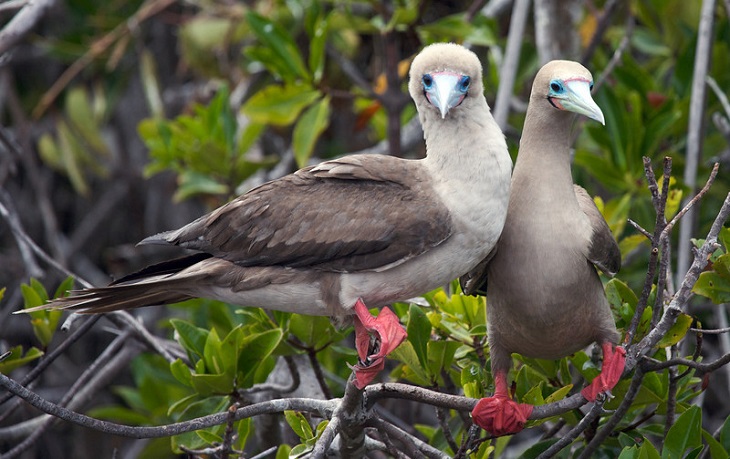
Boobies typically lay one to three eggs directly on the ground or in trees (as seen with the red-footed booby). These charming birds earned their name from their tameness and lack of fear of humans, making them a delightful sight for birdwatchers and nature lovers alike.
